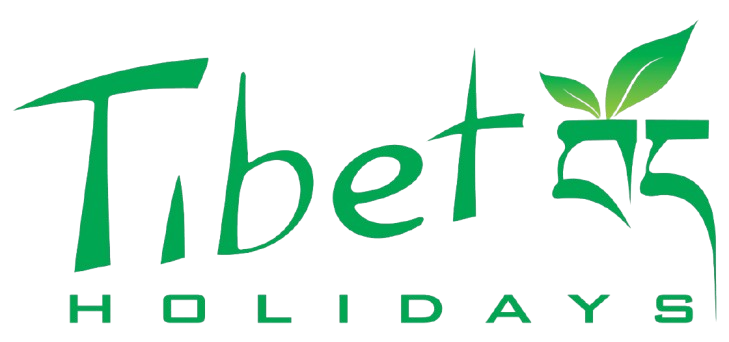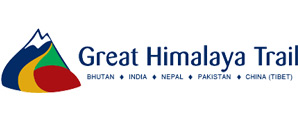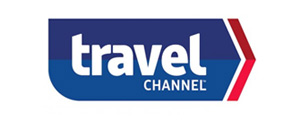Equipment
Accommodations
Hotels in Humla are basic, These days there is couple of tourist standard hotel and guest houses have been built in Simikot. After that either you choose home stay or prepare camping trek because most of places are remote and no guest house available.
Meals
A variety of meals are available in most hotels the most popular being Indian, Chinese, and the more common continental food in Simikot in your Hotel or Guesthouses. The best advice is to ask the hotel and restaurant to recommend what is fresh and in season. For the actual trekking days, our company will send wide assortment of food. We will be provided 3 meals a day breakfast, hot picnic lunch on the way, and dinner at the campsites with evening tea and snacks. Tibet Holidays trekking cooks are well trained and can whip up delicious meals at any altitude. Food are basic in homestay trek, It is prepared by house mother and it is mostly local organic food.
Physical Fitness
Trekking in Humla is physically demanding because of the distance and abrupt changes in elevation. Depending on the day of the trek, you will have to walk for an average of 3-5 hours covering a distance of around 10-15 kilometers daily to reach the campsites. Most of the climbs run through deep forests on rocky trails and sometimes the trails traverses through wet mud where you need agility to hop between round river stones. But if you have experience walking long distances with a back pack and you do not have history of knee pains on descents, it should not be difficult for you.
Best Time to Take the Trip
Spring (February to May) and autumn (September to November) are the best time for touring and trekking in Humla. Humla observes its biggest festivals during February to April such as the biggest on Mani festival falls on in February.
Luggage Weight Restrictions
Domestic airlines for Kathmandu to Nepalgunj sector has a 20kg weight limit for checked luggage and another upto 7/8 kg weight limit for carry-on luggage on their flights. While for Nepalgunj to Simikot sector has a up to 12 kg weight limit for baggage and 5 kg hand bag is allowed. carry-on bags are restricted to one piece, and the size should not exceed 17" x 13" x 8".
Packing List
The packing list has been created with the objective of getting maximum comfort with minimum possible weight. Please bring only what is necessary, as this will be helpful to you and the field staff.
Daypack
- Duffel bag for storing gear(s) (if not weatherproof, bring lg. plastic bags)
- Warm sleeping bag (negative 8-10 degrees centigrade)
- SM first aid kit (blister kit with specifically 2nd skin, aspirin &/or ibu, cough drops, tape)
- Headlamp
- Camera and extra batteries
- 2-liter water bottles (if you bring a camelback, bring a nalgene, also)
- Water purification tablets (iodine or chlorine to carry in daypack)
- Insulated drinking mug
- Lightweight toiletries (travel size shampoo, soap is best for trekking)
- Sunscreen and lip screen
- Small towel
Suggested clothing list
Down parka, Gore-Tex shell and pants, Warm fleece jacket, Comfy trekking boots (we like lowa), Lightweight shoes, 4 pair of trekking socks, 2 long sleeve capilene shirts, 2 capilene bottoms (mid and heavy weight), 2 trekking shirts (non-cotton is best), Trekking pants (zip off shorts are better), 1 pair of shorts, 1 bandana, 1 pair of winter gloves (ie: ski), 1 pair of lightweight gloves (ie: fleece), Flip flops, Warm hat, Sun hat, 2 pairs of sunglasses
Miscellaneous Items
Anti bacterial wipes or lotion (for face and hands), 10 or so energy bars (we do provide 3 meals per day on the trek!), Prescription medications, Over the counter drugs for diarrhea, headaches and cold










